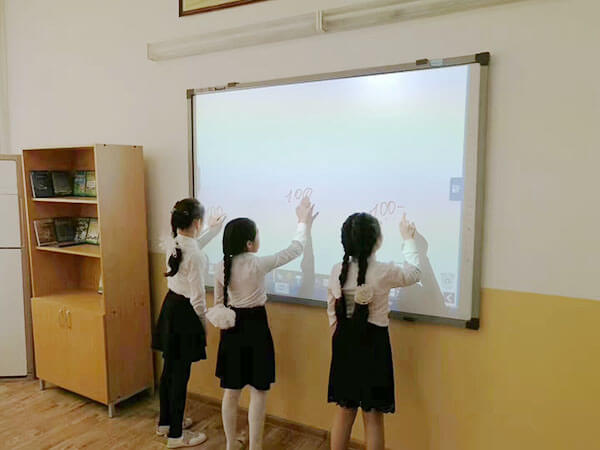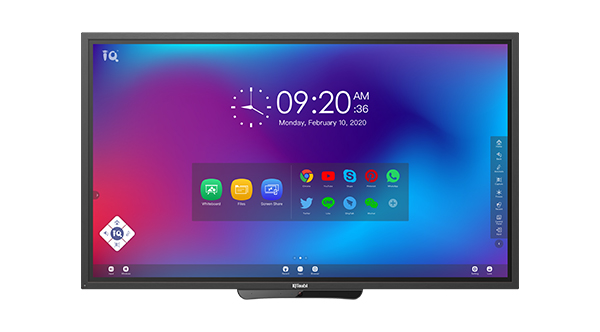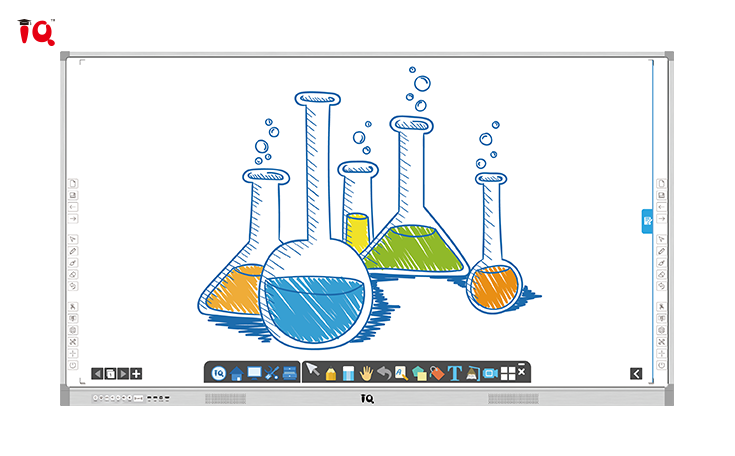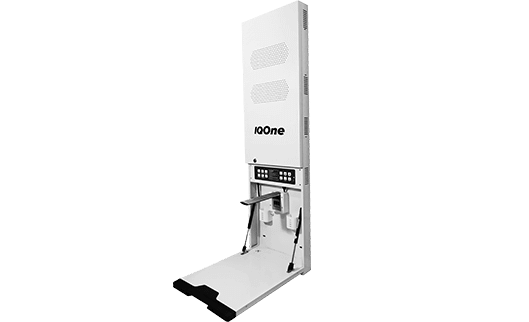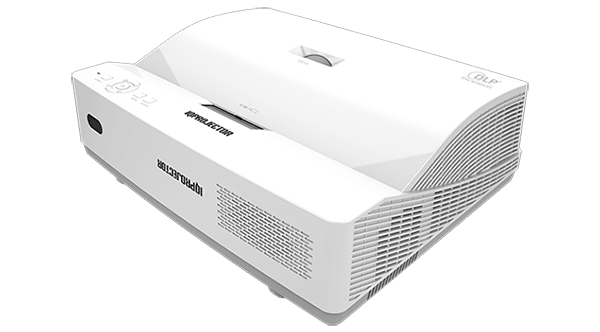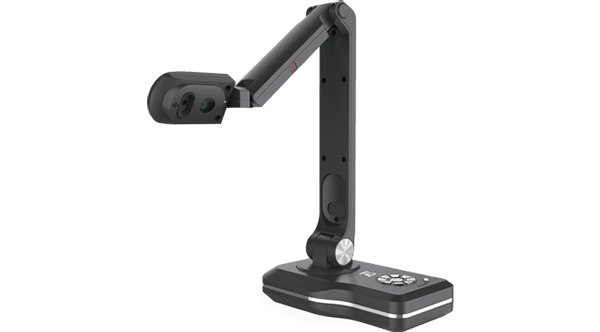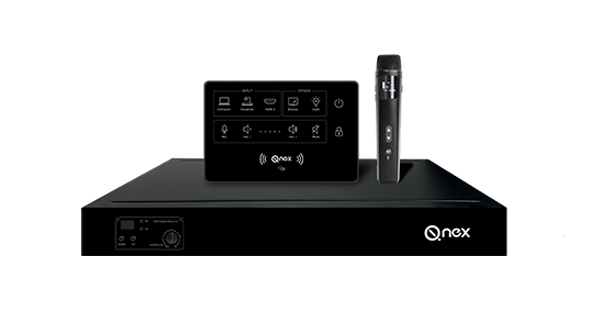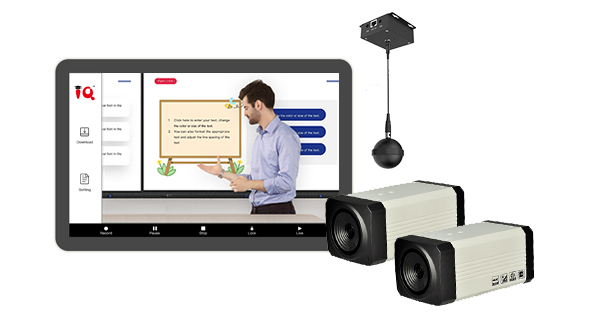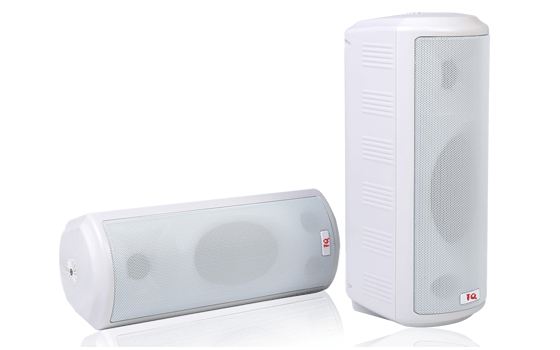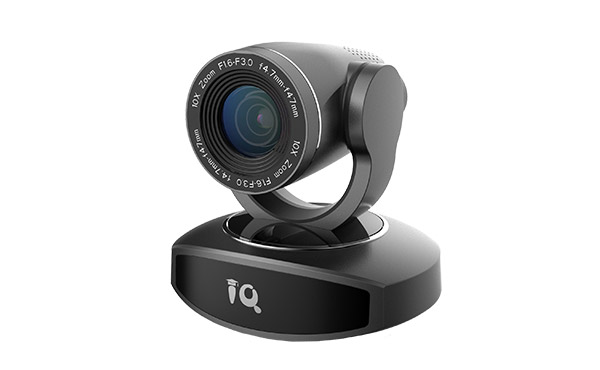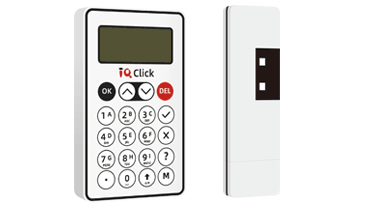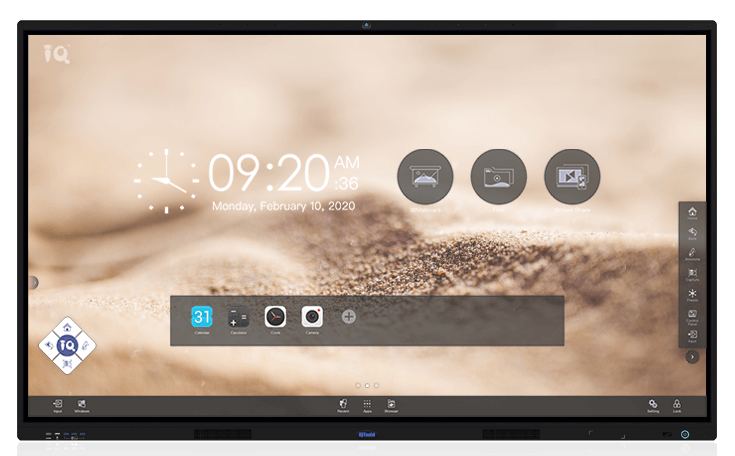The use of interactive and collaborative technologies in the classroom has become the most basic requirement for educating students to participate and succeed in the 21st century. Interactive displays represent a shift in the way students and teachers interact with information and interact with each other. Today, Interactive display technologies help teachers attract students’ attention and promote collaboration.

Why interactivity is so important??
Project-based teaching, collaboration and interactive technologies all contribute to practice and hands-on learning. The education community is rapidly adopting a constructivist approach to working with students to build connections and develop knowledge.
Teachers and managers are working hard to apply this knowledge to new classroom design practices, using flexible collaboration techniques to create spaces for active participation and meaningful learning. In these technologies, the front-end display plays a key role. More than just the high-tech counterparts of whiteboards, interactive displays bring many advanced advantages. Teachers say that increasing student attention and participation is the number one benefit of using interactive in-house technology to teach, and many educators believe that interactive displays in the classroom are very important or absolutely necessary.

What can interactive display do?
The interactive display is ideal for any type of classroom, lecture hall or distance learning environment, and its possible uses are almost endless.
- Teacher guides to view websites, applications or videos
- Screen highlighting and annotation
- Save and Print Features
- Promote team projects and personal demos
- Collaborative environment
- Video conference connection
- Enter text/data via the floating screen keyboard
- Screen editing and recording
- Support effective special needs education and classroom differentiation
- Use optional audience response accessories for student feedback and assessment
Types of interactive displays
Interactive whiteboards (IWB)has become the classroom standard. Today, large-format interactive flat panel (IFP) and interactive projection (IPJ) technologies provide another way to bring interactive displays to classrooms. Each method provides interactive functionality through different methods

Projector based IWB
The widely used interactive whiteboard system consists of a large display panel connected to a computer and a projector. The desktop of the computer is transmitted to the surface of the circuit board through the projector, and the user can control the computer with a pen, a finger or other devices. In this system, the interactive function is embedded in the display panel itself, but the content must be transmitted to the circuit board through the projector.
Interactive flat panel display
The large-size touch screen LED display provides a new alternative, expanding its advantages, reducing maintenance requirements and overall cost of ownership. With this option, the only component needed for full functionality is the LED display itself.
Interactive projector
Interactive technology embeds interactive technology that was previously only found in IWB. The interactive projector can convert almost any plane into a collaborative canvas. Users can write, draw and annotate directly on the projected image. This interactive display method requires only a projector, no special writing tools, and can use any available dry erase board, drop-down screen, blank wall, or other flat display surfaces.
 English
English Español
Español Deutsch
Deutsch Français
Français Italiano
Italiano Polski
Polski Română
Română Norsk bokmål
Norsk bokmål Magyar
Magyar Gaeilge
Gaeilge Ελληνικά
Ελληνικά فارسی
فارسی العربية
العربية O‘zbekcha
O‘zbekcha Русский
Русский 한국어
한국어 Filipino
Filipino Bahasa Indonesia
Bahasa Indonesia Türkçe
Türkçe اردو
اردو پښتو
پښتو ਪੰਜਾਬੀ
ਪੰਜਾਬੀ سنڌي
سنڌي বাংলা
বাংলা Harshen Hausa
Harshen Hausa Igbo
Igbo Yorùbá
Yorùbá Português
Português Te Reo Māori
Te Reo Māori Euskara
Euskara Беларуская мова
Беларуская мова বাংলা
বাংলা ગુજરાતી
ગુજરાતી Kreyol ayisyen
Kreyol ayisyen Harshen Hausa
Harshen Hausa Македонски јазик
Македонски јазик Malagasy
Malagasy Slovenščina
Slovenščina Afsoomaali
Afsoomaali 简体中文
简体中文 en
en 



